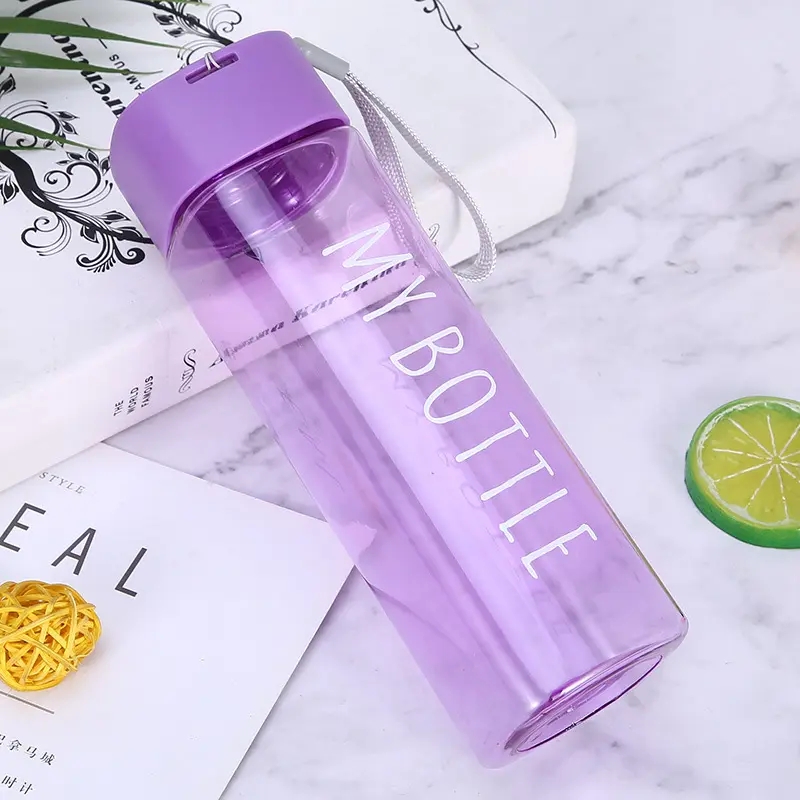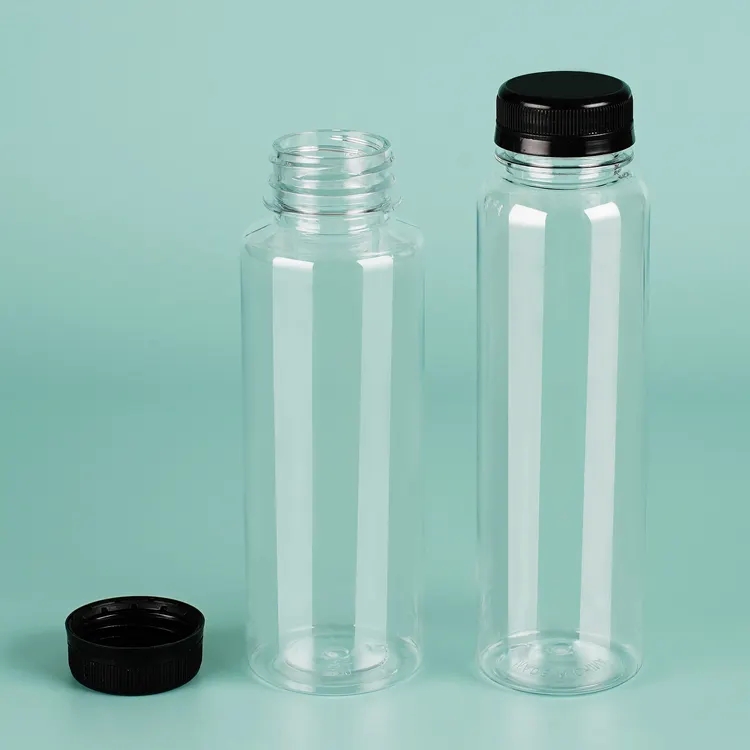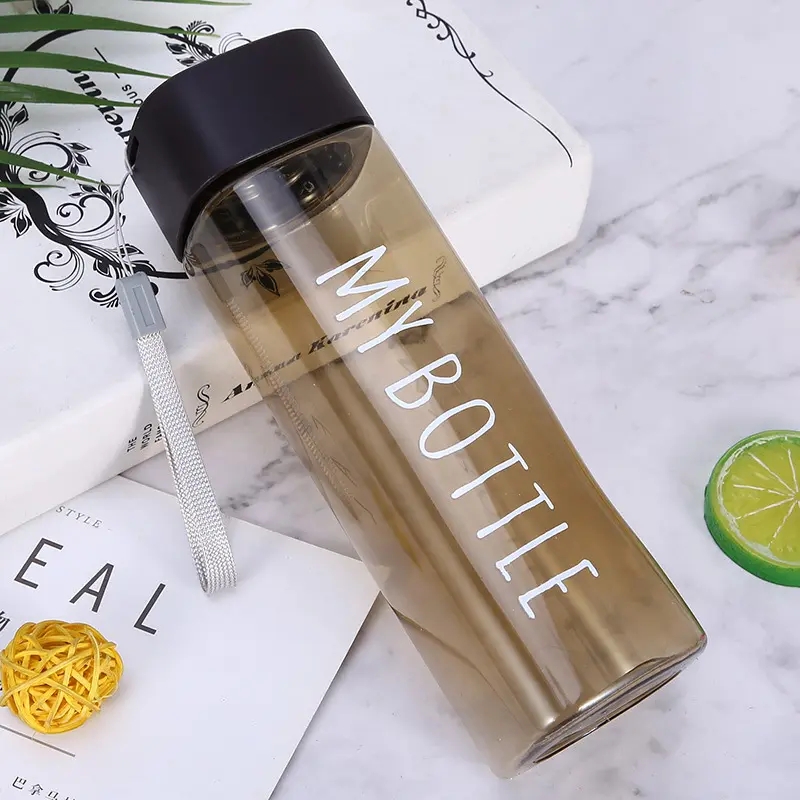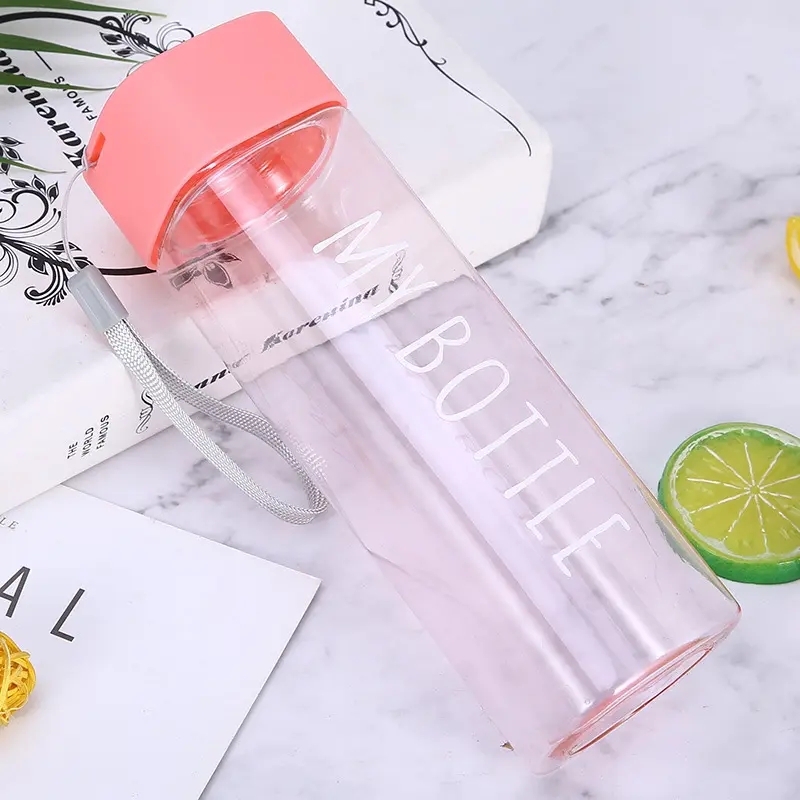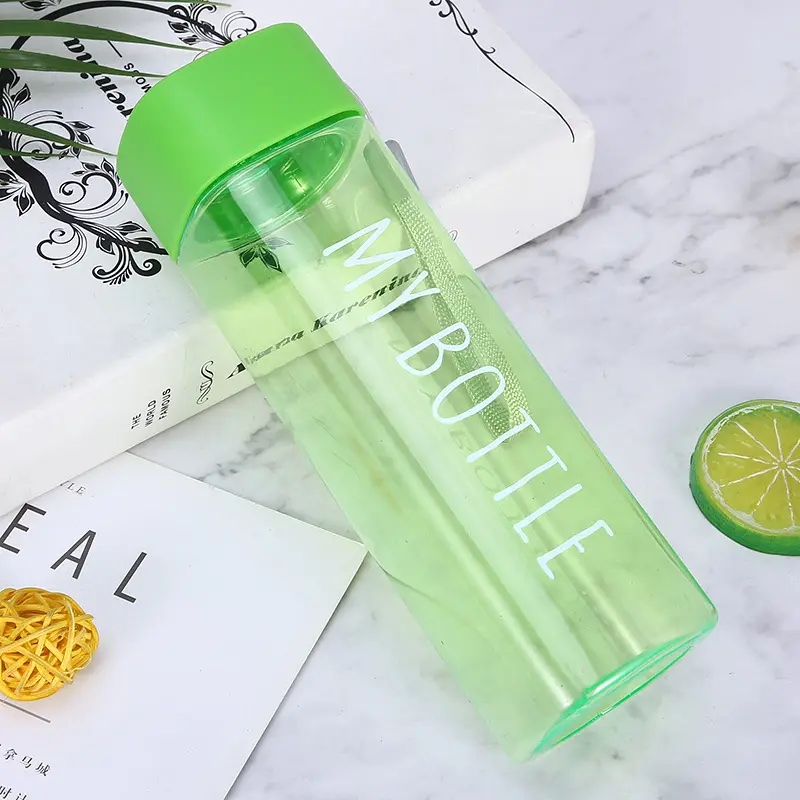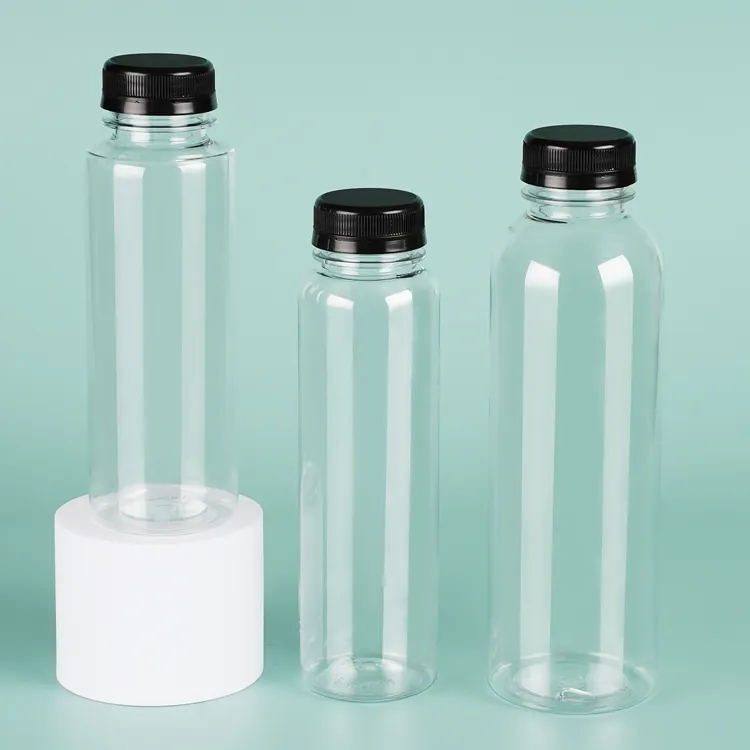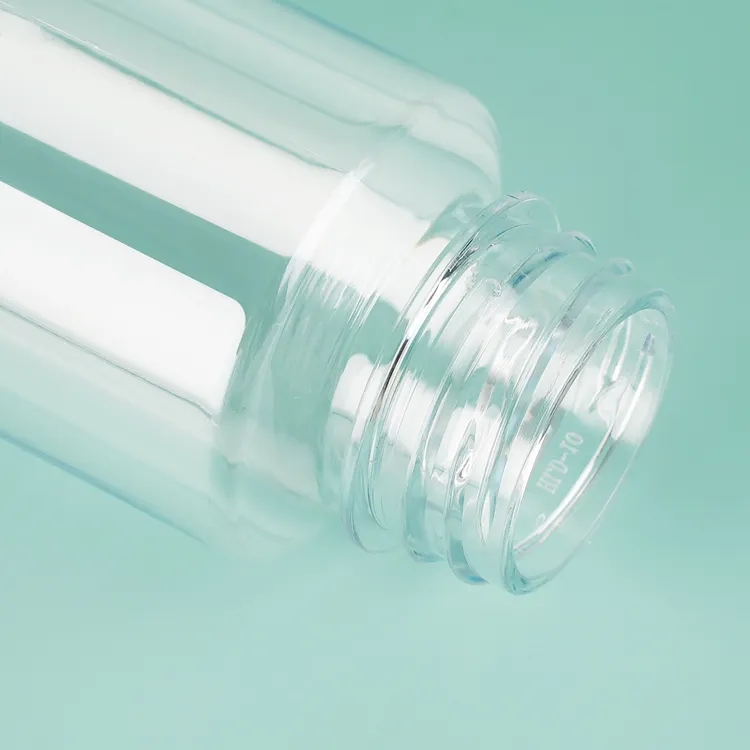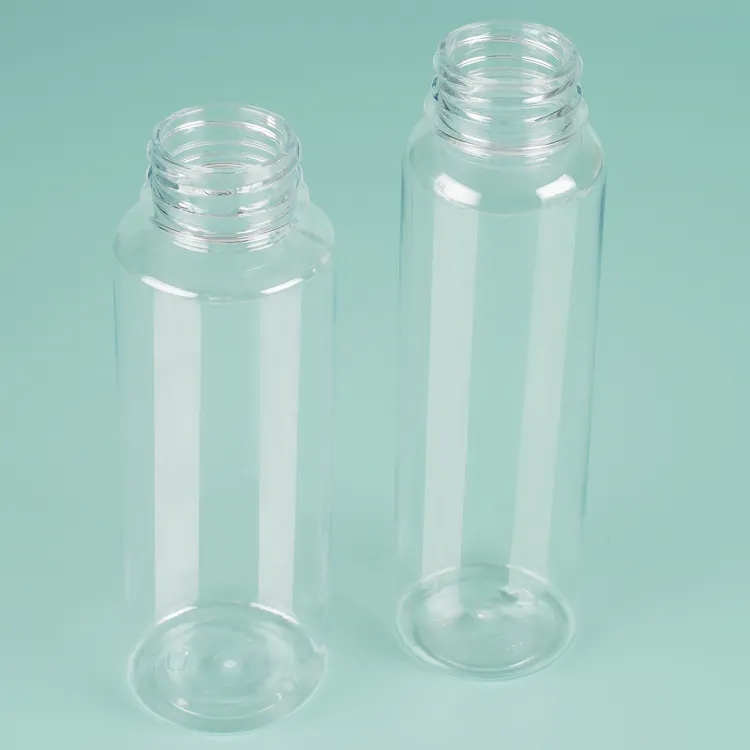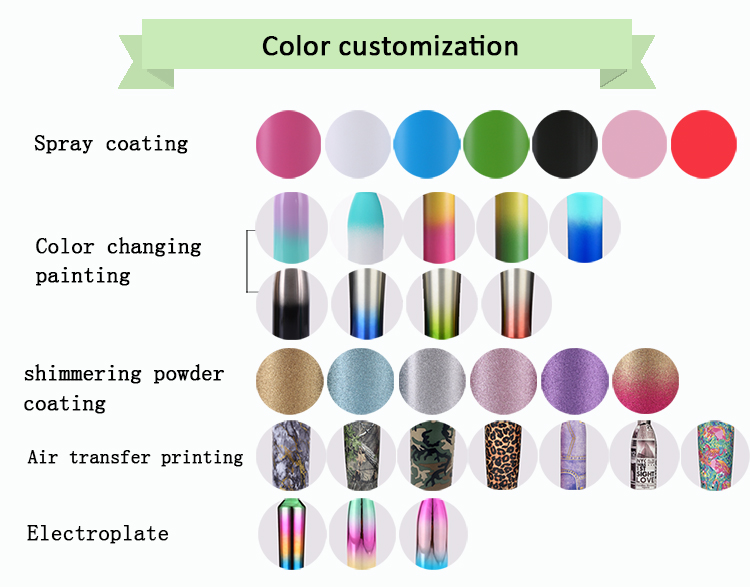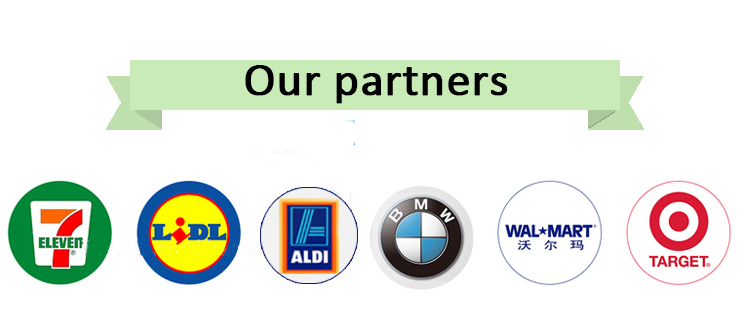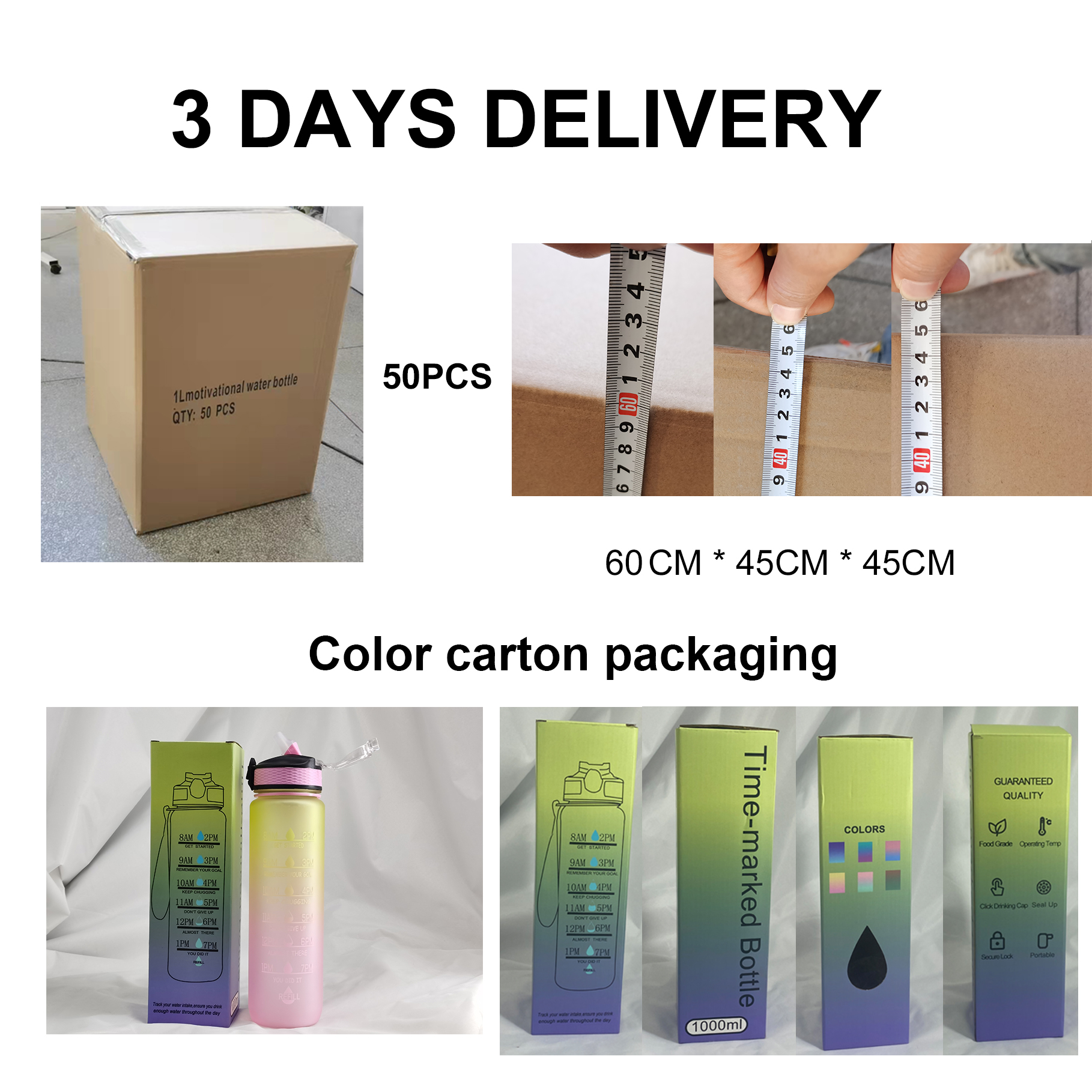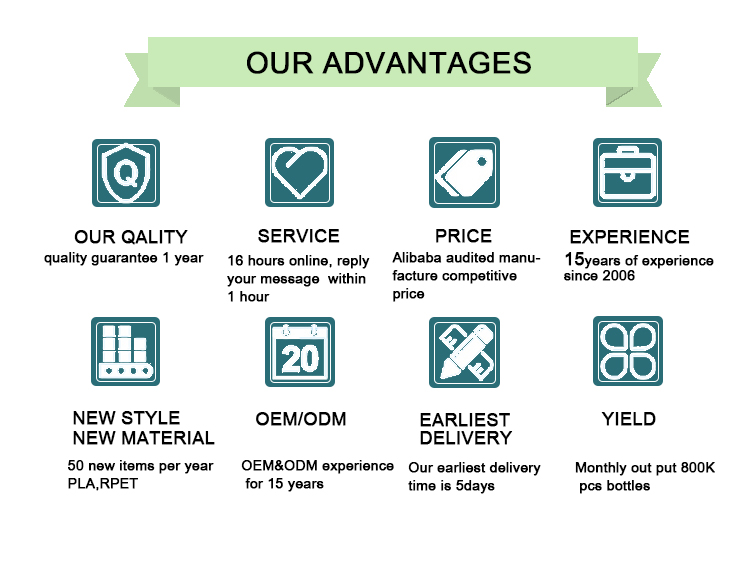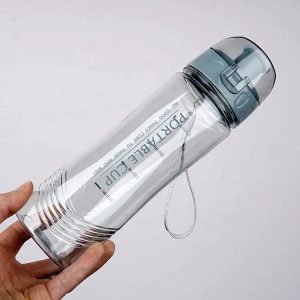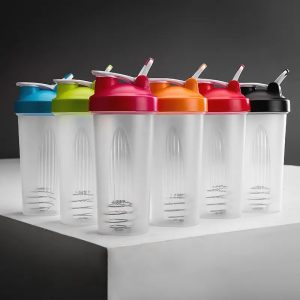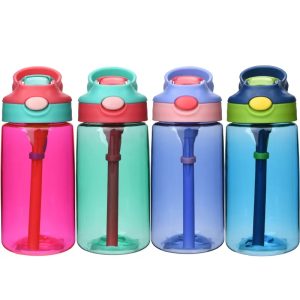Plastic water bottles come with several benefits:
- Convenience: They’re lightweight and portable, making them easy to carry around for hydration on the go.
- Accessibility: They are widely available and can be purchased almost anywhere, ensuring access to clean drinking water in areas where tap water might not be suitable.
- Durability: Plastic bottles are often sturdy and resistant to breakage, making them suitable for various activities, such as sports, hiking, or traveling.
- Recyclability: Many plastic water bottles are recyclable, which helps reduce waste and contributes to sustainability efforts when properly disposed of and recycled.
- Hygiene: Sealed plastic bottles offer a hygienic way to store and transport water, ensuring its purity until consumption.
- Customization: They come in different sizes, shapes, and designs, catering to various preferences and needs.
However, it’s essential to consider the environmental impact of plastic bottles. Single-use plastic contributes significantly to pollution, especially when not disposed of correctly. Opting for reusable bottles or recycling plastic bottles after use can help mitigate this impact.
Plastic water bottles have several advantages:
- Portability: They are lightweight and easily transportable, making them convenient for carrying water while traveling, exercising, or commuting.
- Accessibility: Plastic bottles are readily available in various sizes and shapes, making clean drinking water accessible, especially in areas where tap water might not be safe for consumption.
- Durability: Plastic bottles are often resilient and less prone to breakage compared to glass containers, making them suitable for outdoor activities, sports, and everyday use.
- Affordability: They are generally cost-effective and inexpensive to produce, making them a widely accessible option for storing water.
- Hygiene: Sealed plastic bottles provide a hygienic way to store water, ensuring its purity until consumption, especially when the bottles remain sealed until use.
- Customization: Plastic bottles come in various styles, sizes, and colors, offering a range of choices to fit individual preferences and needs.
Despite these advantages, it’s important to consider the environmental impact of plastic bottles. Single-use plastic contributes to pollution and poses significant challenges for waste management. Opting for reusable bottles or recycling plastic bottles after use can help reduce the environmental burden associated with single-use plastics.
Plastic water bottles typically use a few primary packaging methods:
- Blow Molding: This method involves heating plastic pellets, placing them in a mold, and using compressed air to blow them into the shape of the bottle. It’s a common technique for producing bottles in large quantities, ensuring consistency in size and shape.
- Injection Molding: Injection molding involves melting plastic pellets and injecting the molten material into a mold cavity. This method is used for creating caps, lids, and other smaller components of the water bottle.
- Extrusion Blow Molding: This technique combines extrusion and blow molding. Plastic is melted and extruded into a hollow tube, which is then clamped into a mold and inflated to form the bottle shape.
- Thermoforming: Thermoforming involves heating a plastic sheet until it becomes pliable and then shaping it using a mold. This method is commonly used for producing thinner-walled bottles, often used for single-serve or disposable water bottles.
- Stretch Blow Molding: It’s a two-stage process where a preform (a heated tube of plastic) is stretched into the desired shape and then blown into a mold to form the bottle. This method allows for producing lightweight and durable bottles.
These methods vary in complexity, cost, and suitability for different bottle designs and production volumes. The choice of packaging method depends on factors like the desired bottle design, production efficiency, material type, and intended use of the water bottles.

